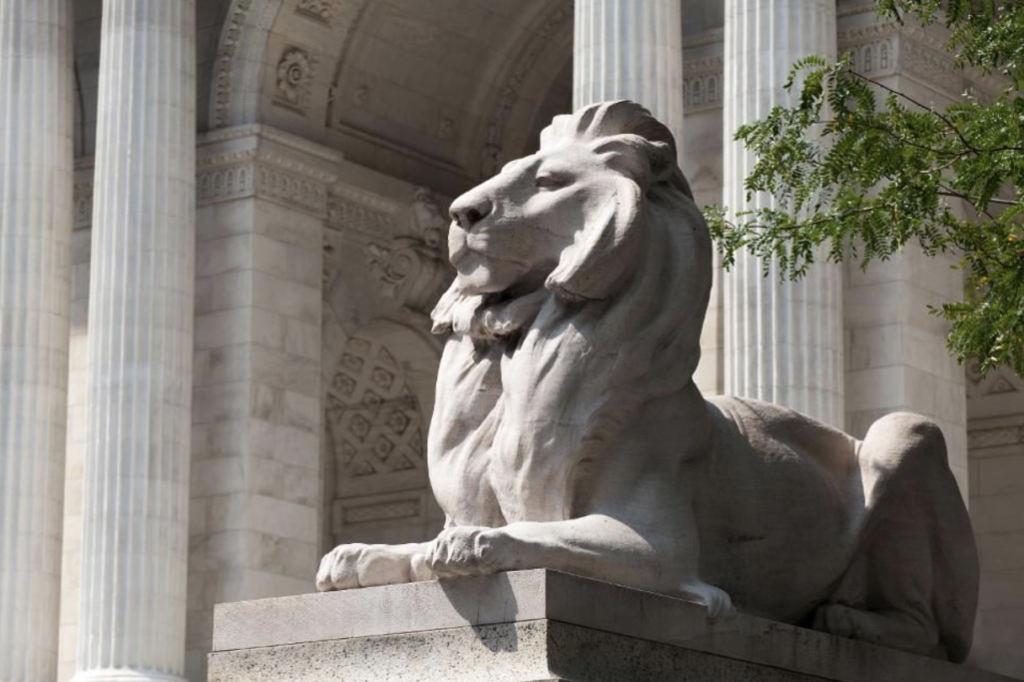The Resilient Leader

It isn’t easy to give up entrenched behaviors. It requires the willingness to develop new skills, new attitudes and new understandings instead of your old way of thinking. Start with some self-reflection on your current perspectives of your job, organization and life. Honestly evaluate which ideas and actions have served you well and which haven’t.
In A Year of Resilience, Dr. Maureen Orey relates, “Resilience requires a sense of balance. Take the time to focus on your strengths while acknowledging any areas of potential development. By knowing your comfort zone and the aspects of your life and work that provide you with feelings of security and fulfillment, you’ll be better equipped to stay grounded to leverage your inner strength when times get tough.”
If you discover you’ve been stuck in a rut that’s getting you nowhere, it’s time to harness your confidence. Resilient people don’t dwell on the qualities they lack; they concentrate on their assets and how to best deploy them in times of difficulty or transformation.
Resilient leaders are decisive, willing to take appropriate risks and try new ideas. They have a strong sense of purpose and fully believe in self-empowerment. They’re self-assured and understand that if they make a decision that doesn’t fulfill the desired result, they can change course and try another tack.
Authors Sandy Asch and Tim Mulligan explain in Roar: How to Build a Resilient Organization the World-Famous San Diego Zoo Way, “Resilience is more than survival. It is the ability of the individual and the organization to endure while remaining true to closely held values. Resilient people and companies not only rebound from challenging circumstances, they seek out meaningful ways to learn from those experiences and build capacity for the future.”
I had the opportunity to lead a workshop for executives who’d paid consultants a significant amount of money to research what was impeding the productivity of their employees and what could be done to improve the situation. After carefully considering the detailed report, which explained the problem was due to an antiquated software program and suggested implementing a new, streamlined system at a truly reasonable cost, the executive team decided not to proceed.
It took a substantial bit of leadership counseling until I helped them understand that their fear and inflexibility would result in even worse productivity statistics in the future. The outdated program required more fixes with every month and would become obsolete within two years. Fortunately, the COO had been through a similar situation with a previous company and was able to convey the positive outcome of their commitment to becoming resilient from that point forward.
The changes you make to become more resilient aren’t made in a vacuum. The way you think about challenges needs to be effectively communicated with others who will join you on the journey. Cultivate positive relationships and build strong teams. Share what you’ve learned, and teach others to support transformation. Be compassionate throughout this process — some individuals and some organizations view change as the enemy.
Encourage them with productive feedback on a consistent basis. Help them to learn from their mistakes and develop a mindset that acknowledges failures are only temporary. Foster a desire in them to become effective by bolstering skills that need improvement and, more importantly, flex the abilities in which they excel.
It’s normal to fear the unknown, but by communicating effectively and frequently with those who will be impacted by the coming change, anxiety will be lessened and enthusiasm for the new direction will be increased. Helping them understand your expectations and intentions during the process will build trust.
At the end of the day, it’s important to take time for reflection. What strategies are working, and which ones are not? Should adjustments be made at this time, or do you need time to gather more data? Are you being mindful in your planning? If you don’t review the game tapes occasionally, how will you know what plays should be altered?
At Fifth Avenue and 42nd Street in Manhattan, the New York Public Library is guarded by a pair of lions sculpted from pink Tennessee marble. Former mayor Fiorello LaGuardia named them Patience and Fortitude in the 1930s for the virtues he believed his city would need in order to endure the current economic depression. These symbols also stand true for two of the qualities we all need to embrace change, live in the present moment and cultivate our capacity for resilience.
___________________________________________________________________________
This article has previously been published on Forbes.
